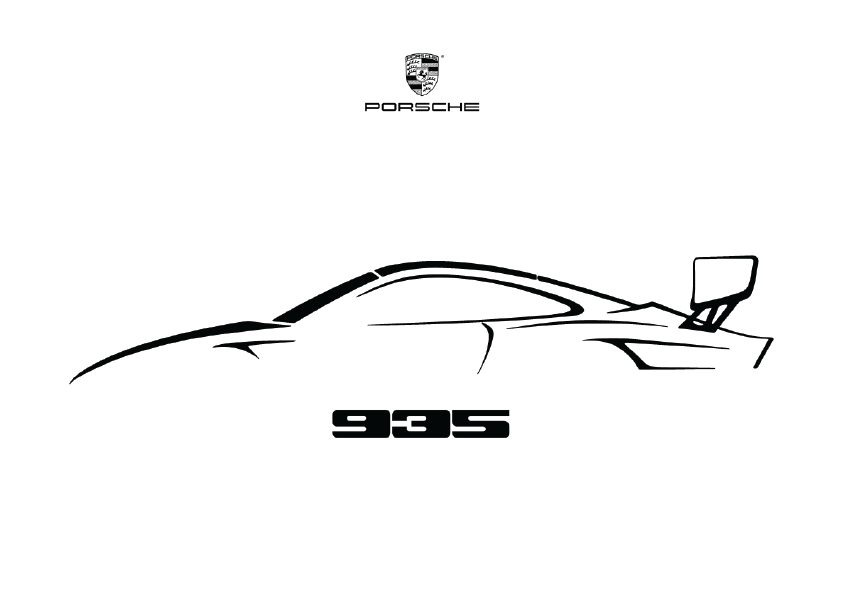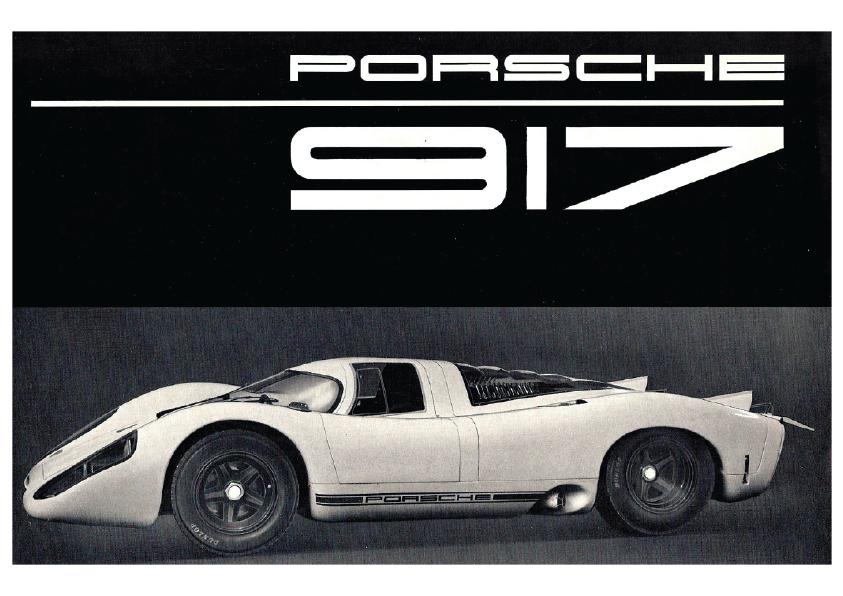The design of the new 911 GT2 RS must therefore reconcile diametrically opposed requirements: top speed (low air resistance) on the one hand and race-optimised aerodynamics (maximum downforce) on the other. No easy task? Our engineers love reaching new heights, especially when things get tricky. The powerful air intakes of the aerodynamically shaped front apron ensure optimum cooling. The additional air outlet at the front of the front lid assists the airflow of the central radiator, while providing aerodynamic downforce on the front axle by deflecting the airflow. But it’s the wide front spoiler lip that makes the biggest contribution to downforce. All air vents are protected by titanium-coloured air intake grilles.
The new 911 GT2 RS is based on the extrawide body of the 911 Turbo. Its full contours are instantly noticeable at the rear, where the low-profile, tinted LED rear lights underline its appeal. The fixed rear wing in carbon-weave finish makes its own contribution to the overall impression of sporty performance. The wing uprights are produced from forged aluminium; the new side plates painted in the exterior colour. A horizontal exclamation mark, if you will. The two ram-air scoops on the engine lid – the ram-air collectors – are also made of carbon and supply the engine with combustion air. The rear panels with large exhaust apertures are specific to the 911 GT2 RS. At the rear of the underbody, four fins increase the aerodynamic effect of the diffuser.
Perhaps the most striking detail of the new rear panels are the tailpipe trims of the free-flow exhaust system, which produces the characteristically throaty sound of the 911 GT2 RS. Technically functional and visually impressive: the catalytic converters, which light up red at high engine speeds and loads, and are visible through the open flaps – to anyone who manages to keep up with them at least. In summary: ideal aerodynamics for the racetrack and a good drag coefficient for long straights. Harmonised in a plainspeaking design. How does the saying go? You will be judged by your actions, not by your words.
Motorsport technology is also present in the front wheel arch ventilation on the wings, where carbon slats provide efficient ventilation. This reduces the excess pressure produced by the rotating wheels and thus the uplift. This so-called louvre – coincidentally? – resembles the gills of a shark. A highly functional detail: two ducts on the front lid. These so-called NACA air intakes are already used for the interior ventilation of the 911 GT3 Cup cars. On the 911 GT2 RS, it’s the first time they have been used to ventilate the braking system of a series-production Porsche, without reducing the drag coefficient. Their shape was developed by the National Advisory Committee for Aeronautics (NACA), the predecessor of the NASA Space Agency.
Distinguishing features for ultimate performance: the extremely large side air intakes for the intercooling of the new 911 GT2 RS. The sideskirts are also wider than those of the previous model, resulting in a larger underbody area and therefore increased downforce.
For the performance of a highly powerful sports car such as the 911 GT2 RS, weight is just as essential as the drivetrain. We have therefore weighed every component and permanently sought the lightest functional materials. The evidence: consistent lightweight construction down to the last detail. For a power to weight ratio of just 2.85 kg/kW (2.1 kg/hp) – allowing outstanding performance. Argumentation: see below. The front wings, wheel arch vents, upper part of the SportDesign exterior mirrors, air intakes in the rear side panels and parts of the rear are produced from carbon-fibre reinforced plastic (CFRP), as are many of the interior components. The front lid is also made from carbon and contoured in the middle, as is the magnesium roof.











